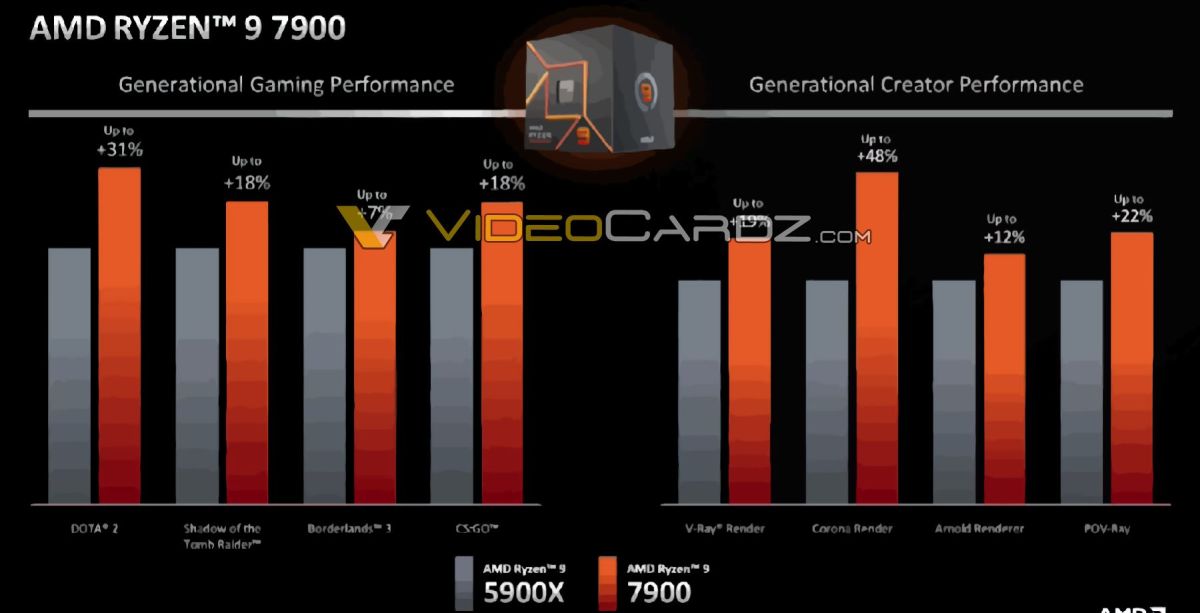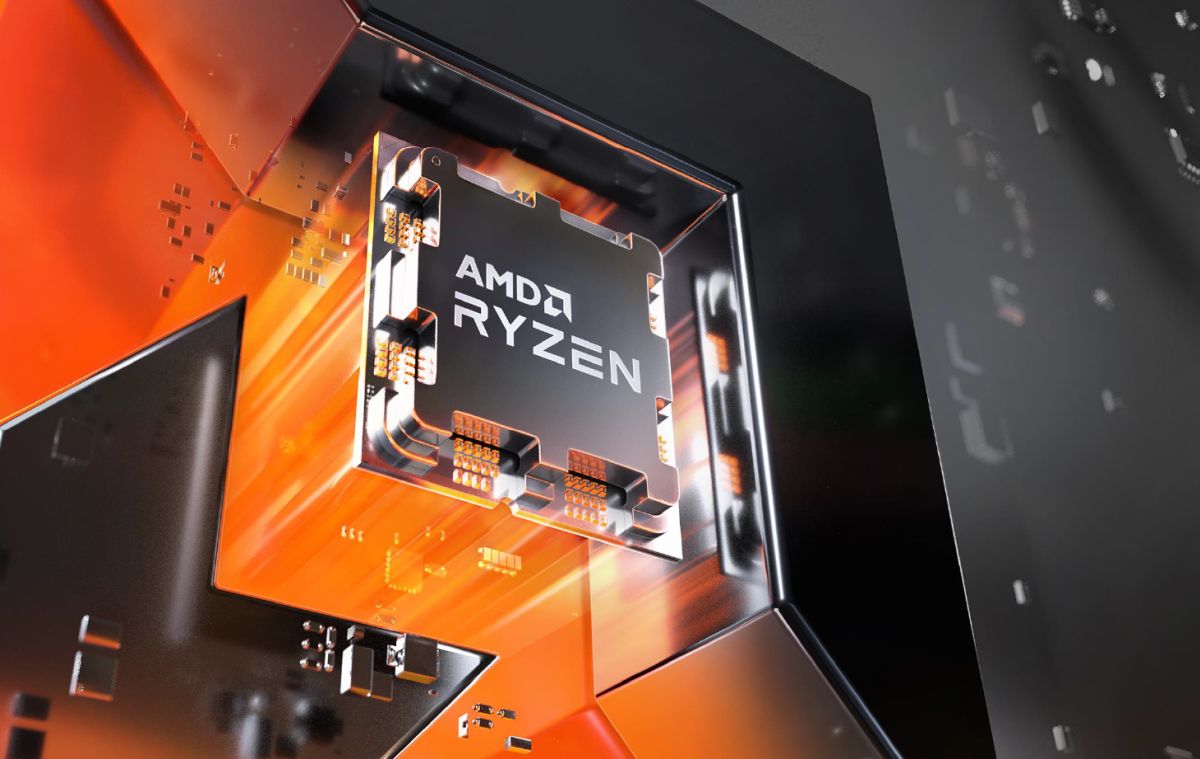Months after the launch of its Ryzen 7000 Series desktop CPUs, it appears that there is now a launch date for AMD’s non-X variants of the CPUs. Supposedly, that date is set for 10 January, just a few days after CES 2023.
The alleged launch date of the non-X Ryzen 7000 Series CPUs stems from a leaked slide that displays both the launch date and the individual SRP for each CPU. in total, the chipmaker seems to be launching three SKUs in the lineup: the Ryzen 5 7600, Ryzen 7 7700, and the Ryzen 9 7900.

What sets the three non-X Ryzen 7000 Series CPUs apart from its other siblings is that their TDP is limited to just 65W. That is a significant reduction in power consumption, especially when you consider that their X-rated cousins consume between 105W and 170W by default, respectively.
Despite the TDP cap, it is clear that these non-X Ryzen 7000 Series CPU will display an impressive performance-per-watt. For that matter, they still retain the same respective core and thread count as their X-rate counterparts, the same total cache, slightly lower boost clocks but that is to be expected. On that note, the 7600 is listed as having a 5.1GHz boost, the 7700 at 5.3GHz, and the 7900 at 5.4GHz.

Then there is the pricing of each non-X Ryzen 7000 Series CPU. From top to bottom, the 7600 will retail at an SRP of US$229 (~RM1012), the 7700 for US$329 (~RM1455), and the 7900 for US$429 (~RM1897). In essence, that is an average of RM400 between these CPUs and their respective X-rated counterpart, and the best part of it is that, unlike Intel’s non-K CPUs, these processors can still be overclocked and pushed to the bleeding edge. Although, we don’t recommend you do the latter, not unless you’re an extreme overclocker.
Performance-wise, another slide shows that the non-X Ryzen 9 7900 is more powerful in gaming than last generation’s Ryzen 9 5900X, although we don’t necessarily think this is a fair comparison, given that the Zen 4 architecture has been proven to have exponentially more than the Ryzen 5000 series CPUs. Of course, it makes more sense if you were to look at it from the performance-per-watt angle.
(Source: Videocardz)
Follow us on Instagram, Facebook, Twitter or Telegram for more updates and breaking news.



